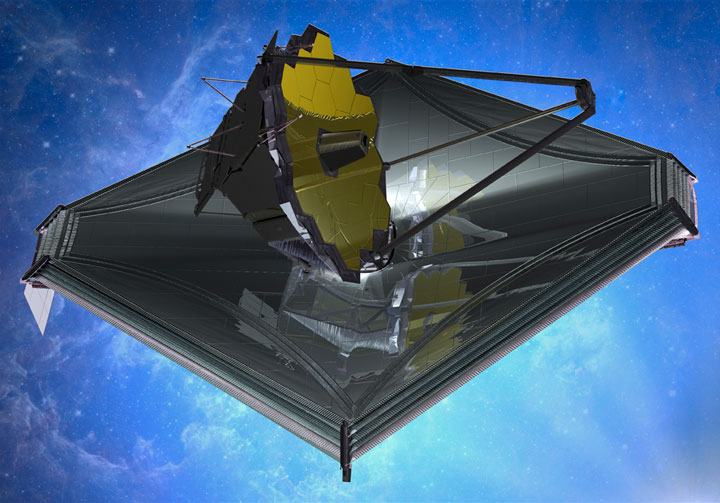
Using a technique called satellite radar interferometry, researchers have spotted millimeter-scale ground uplift surrounding four high-pressure injection wells near the eastern Texas city of Timpson. Two of the wells were located directly above a spate of record quakes that struck Timpson in 2012, topping out with a 4.8 magnitude quake on May 17. The other two were located within six miles of the quakes.
Read/listen to my full story at KJZZ’s Arizona Science Desk:
ASU Researcher: Satellite Radar Links Wastewater Pumping To Earthquakes



